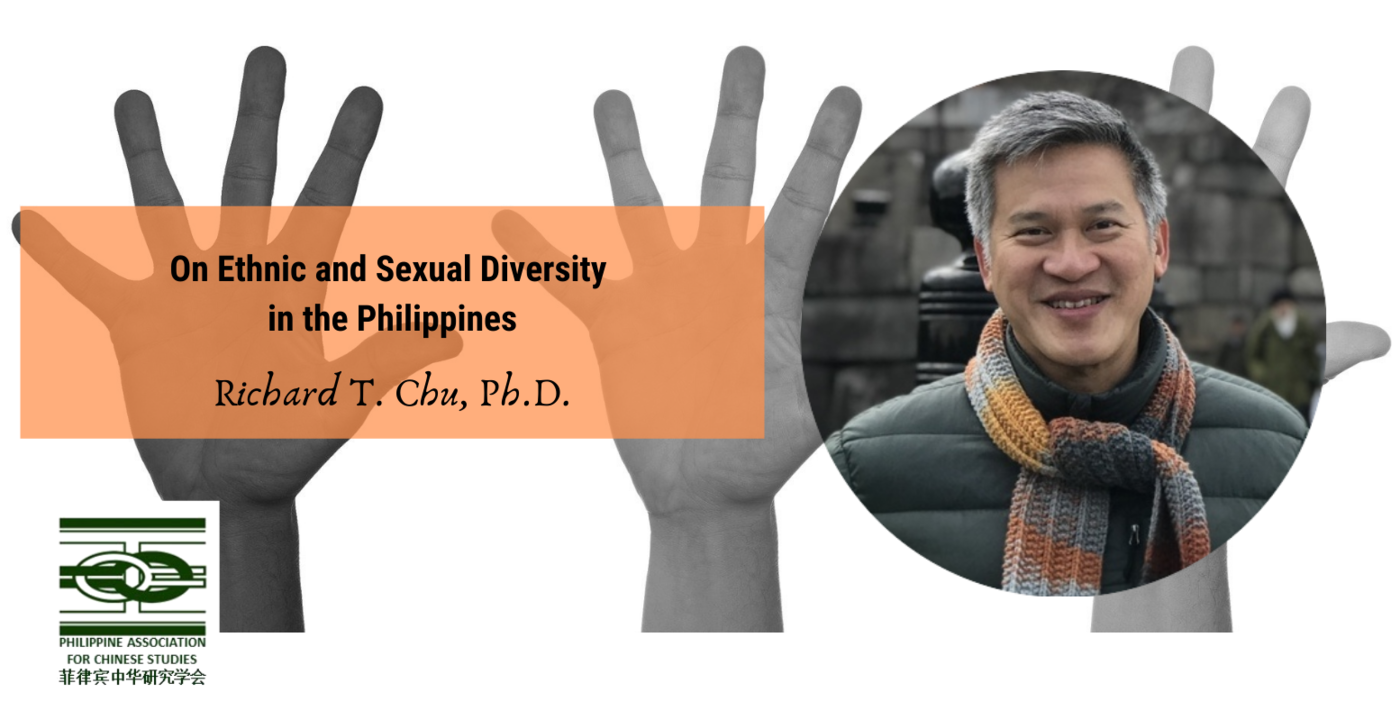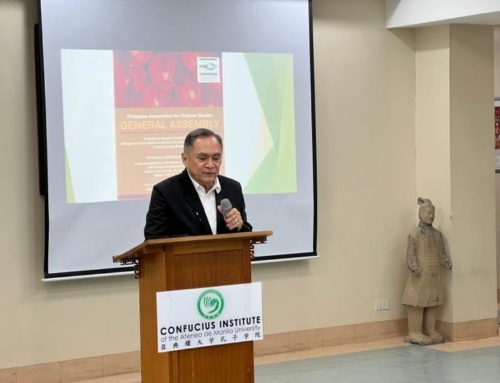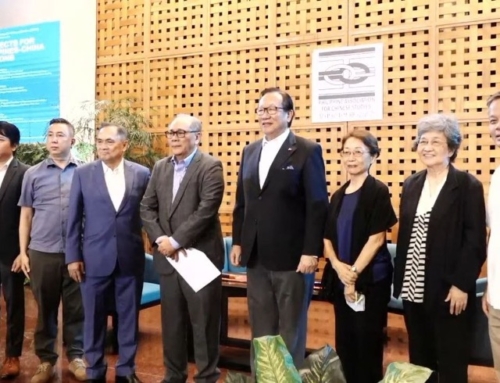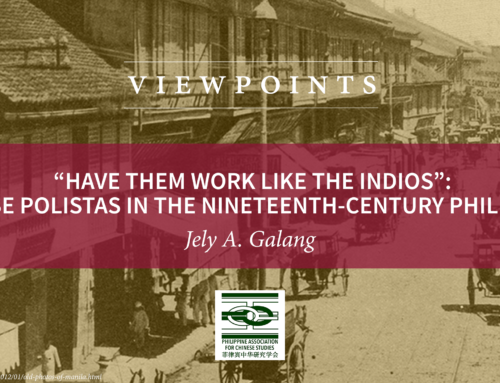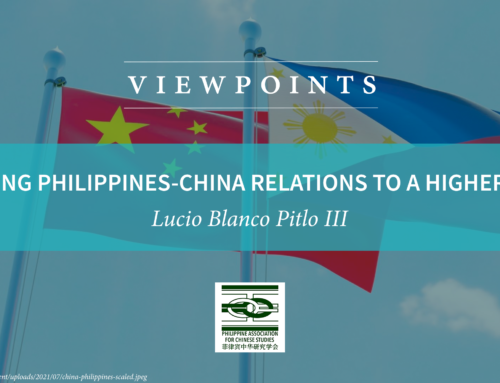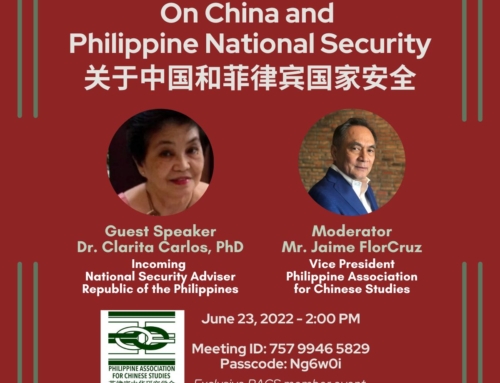by Richard T. Chu, Ph.D.
~24 August 2021
Who am I?
I have lived in the U.S. since 1992 and have pursued a career in academia. My area of expertise pertains to historical roots of racism and other forms of discrimination. I have published works on the Chinese and Chinese mestizos in the Philippines and other Chinese diasporic communities in the world. More recently, I co-edited an anthology of LGBTIA+ studies in the Philippines. As a teacher, I teach courses on US empire, Philippine history, Asian American history, and Chinese diaspora history. I have the unique and privileged experience of straddling two worlds. While I have been living in the U.S. for almost 30 years, I visit the Philippines at least once a year, and in certain years, stayed there for a few months.
Aims
In this piece, I am going to write about diversity, equity, and inclusion. More specifically, I would like to talk about the rise of racist attacks in the U.S. for the past two years, especially against Asians, as well as homophobia in the country. I am then going to reflect upon the rise of anti-Chinese sentiment in the Philippines and the prevailing situation surrounding LGBT rights. In writing about racial, ethnic, and sexual diversity in the Philippines, I do not intend to provide an in-depth analysis, but rather some general observations that I hope will lead others to continue discussing this topic.
Racism as the very foundation on which U.S. Empire was and continues to be built
In the past year, the U.S. saw a rise in anti-Asian racism following the highly-publicized murders of Black Americans and the subsequent explosion of Black Lives Matter movements. The attacks against Asians in various parts of the country garnered worldwide attention. It especially hit home to both Filipinos and Filipino Americans since some of the victims of anti-Asian hate attacks were Filipinos. Such hate against BIPOC (Black, Indigenous, and People of Color) individuals was exacerbated by the former Trump administration that sought to “Make America Great Again,” which others have construed to be as “Make America White Again.”
Certain scholars such as William Appleman Williams and Paul Kramer have shown that the U.S. as a nation was built on a white supremacist ideology that believes in the divine right of the white race to expand its territories and rule over non-white populations. Racism then is the very foundation on which the U.S. nation and empire have been built. This intersection between race and empire is at the heart of all the anti-Asian incidents and policies over a hundred years since Asians first set foot on continental U.S.A, leading to structural racism such as the creation of laws (Chinese Exclusion Act of 1882; the Filipino Repatriation Act of 1935; Executive Order 9066 of 1942 ordering the internment of Japanese Americans) that discriminated against them. In light of increasing tension between China and the U.S., not to mention the misinformation being spread of China as having created the Corona virus, acts of hatred against Asians will continue in this country.
The same thing goes with discrimination against LGBTQ individuals and communities. Despite the landmark decision of the Supreme Court in 2015 to legalize gay marriage in the country, homophobia still exists. According to a recent report from the Southern Poverty Law Center, anti-LGBTQ hate groups soared from 49 groups to 70 groups from 2018 to 2019, a 43 percent increase.
Philippines: Continuing discrimination
Turning now to the Philippines, there has been a spate of anti-Chinese hate going on, which is related to China’s rise as a world power; the conflict between the Philippines and China over ownership of some islands in the South China Sea/West Philippine Sea; and the increase in the number of Chinese investments and nationals in the Philippines. Noted Filipino writers such as Solita Monsod and F. Sionil Jose and Filipino politicians like Senator Dick Gordon have questioned the loyalties of Chinese Filipinos. It is also a well-known fact that colorism exists in the country, as seen in the popularity of whitening products sold in local markets or on-line, and of fair-skinned celebrities extolled as paragons of physical beauty.
Another form of discrimination, that of toward LGBT individuals and communities, exists in Philippine society. Though strides have been made in the visibility of the LGBT community in the country, homosexuality is still a taboo subject. Furthermore, the Sexual Orientation and Gender Identity Expression (SOGIE) bill that would have given LGBTs equal rights continues to languish in the halls of the legislature.
Questions to consider
Thus, in both countries, as elsewhere, there is racism and homophobia. In trying to understand these types of discrimination, there is tendency in the Philippine case to analyze these concepts through the lens of Western/US experience. But as some theorists and scholars have pointed out, we need to decolonize our understanding of Filipino experiences. The specific conditions and background from which xenophobia and homophobia arise in the country need to be properly understood and contextualized. I end this piece by posing some questions to ponder upon: How does racism operate in the Philippines? What cultural and historical factors, as well as material conditions do scholars need to consider when analyzing the behavior of Filipinos toward ethnic/racial and sexual minorities? How is racism and homophobia imbedded in the country’s policies, structures, and laws? How can the Philippines create a more inclusive and equitable society?
